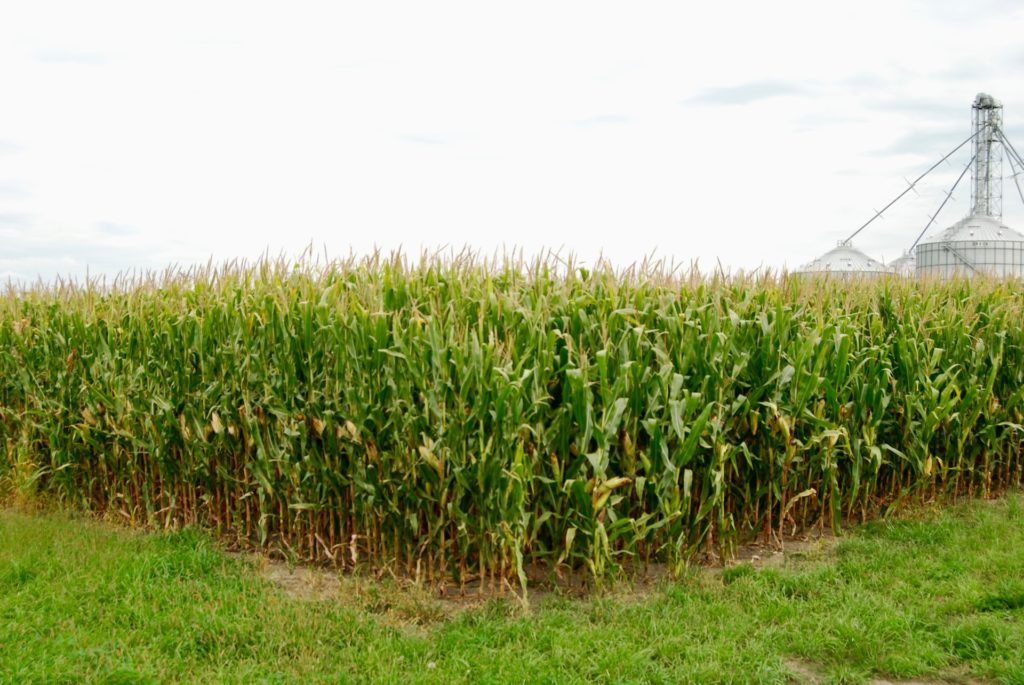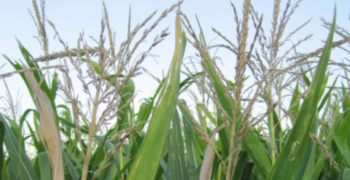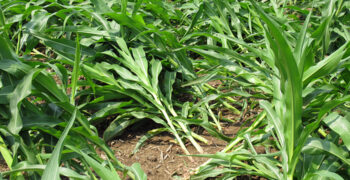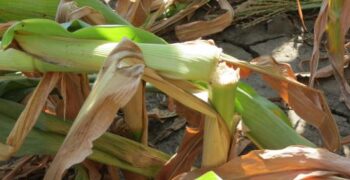As harvest approaches, farmers are eyeing yields and working to minimize loss as much as possible. A common loss many people have a tendency to overlook is Phantom Yield Loss. Phantom loss is the loss of potential yields over the time that corn can be harvested. That loss can be directed to corn drying down naturally in the field and lowering the quality of grain.
Today’s kernels are larger, deeper, wider in size, and of higher quality than ever before. However, with larger kernels comes more moisture, and depending on how the kernel is dried depends on the quality of the corn. When the kernel hits maturity at black layer, the kernel is still alive, and that kernel is going to continue to go through metabolic activities. Continued respiration and shrinkage of the kernel will happen on the ear as it will remain alive until it is dried down to a low enough moisture to kill it.
Drying the kernel does not lead to Phantom Yield loss but rather how it is dried. When corn is harvested at high moisture, it is dried usually in a dryer. When it is dried this way, the kernels are heated rapidly and excrete the moisture with little-to-no damage. On the other hand, when corn is left in the field to dry, there is no control over the process or the quality of how it is done. Between the window of when corn has matured and letting it dry down in the field, kernels can be subjected to heat drying and then added rain precipitation which causes shrinking and expansion of the kernel. This stress can cause cracking, molding and other damage.
With propane and drying costs, not every farmer is eager to dry high-moisture corn, but phantom yield losses would surprise you. On average, with corn left to dry down to 15% moisture, a field can lose 6% of the crop from Phantom Yield Loss. This dry-down loss does not include the added risk of fallen ears, butt shattering and down corn from plants standing longer in the fields. Phantom Yield Loss can be a lot easier to see with a yield monitor. Farmers can enter a field at 27% moisture seeing 200-bushel yields, leave and come back around 17% moisture and see yields 5 – 7% lower.
By getting in the field a little bit earlier, farmers can capitalize on the yields they have worked hard to keep throughout the growing season. Earlier harvest times can also cause less chance of mechanical loss from the combine and less chance of waste and volunteer corn. Early harvest can also widen the harvest window to get done sooner and faster.
So, next time you pull back into a field and experience a loss in yields, think about the silent loss of quality in your kernels from Phantom Yield Loss.



